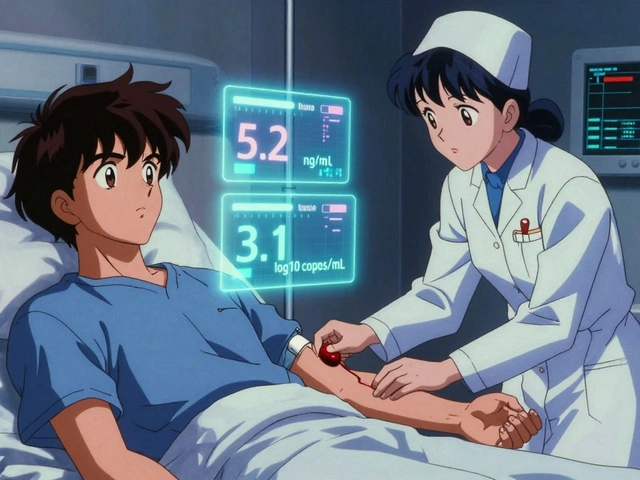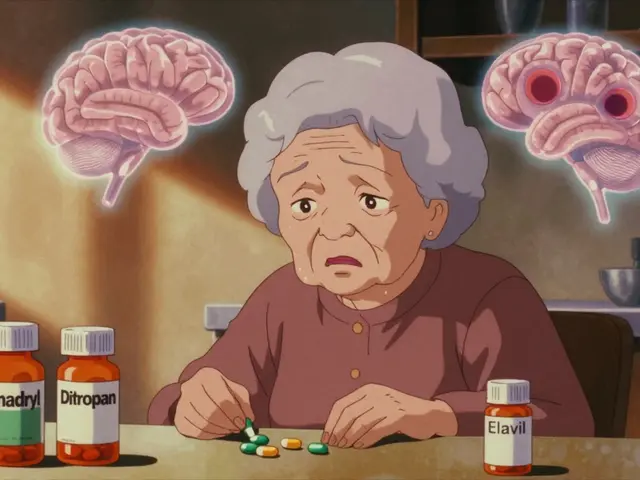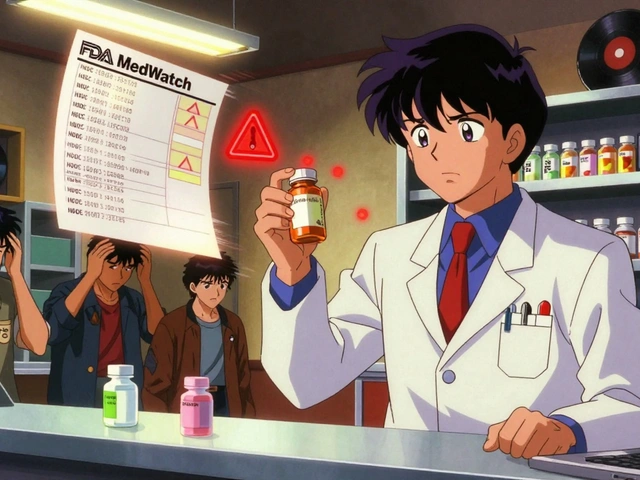Bacterial Vaginosis (BV): What It Looks Like and What to Do
If your vaginal discharge smells like fish, or feels different than usual, that could be bacterial vaginosis (BV). BV happens when the normal balance of bacteria in the vagina shifts away from protective lactobacilli toward other bacteria. It’s common — many people of reproductive age will get it at some point — and it’s treatable.
Symptoms & diagnosis
Common signs you might notice include:
- Thin, gray or white discharge
- A strong fishy odor, often after sex
- Itching or burning (less common)
- Sometimes no symptoms at all
Doctors diagnose BV with a pelvic exam and a few simple tests: they may check vaginal pH (often >4.5), look for “clue cells” under the microscope, or perform a smell test with a small amount of saline. Lab tests can confirm the cause. Don’t assume you have BV just from symptoms — yeast infections and STIs can feel similar, so get checked if you’re unsure.
Treatment, prevention, and when to see a doctor
First-line treatments are antibiotics that clear the overgrowth. Typical options are oral metronidazole (usually 500 mg twice daily for 7 days) or metronidazole vaginal gel (5 days). Clindamycin cream is another option. Use the full course even if symptoms improve fast.
A few practical tips while treating BV: avoid alcohol when taking metronidazole and for at least 24 hours after finishing the drug, don’t use douches or scented vaginal products, and skip sex or use condoms until treatment is done and symptoms are gone. Treating partners isn’t usually recommended, but if you have recurrent BV, discuss this with your clinician.
BV returns for many people — up to a third have a new episode within a few months. If BV keeps coming back, options include a longer antibiotic course, weekly topical metronidazole for several months, or talking about probiotics with your provider (some people find Lactobacillus products helpful, though study results vary).
See a doctor right away if you’re pregnant, have a fever, severe pelvic pain, or symptoms that don’t improve after treatment. Also get tested for other STIs if your clinician recommends it — BV can increase the risk of catching or spreading infections.
Small changes reduce risk: don’t douche, limit new or multiple sex partners, use condoms, and avoid irritating vaginal products. If you suspect BV, a short clinic visit can get you the right test and treatment so you can feel normal again fast.





